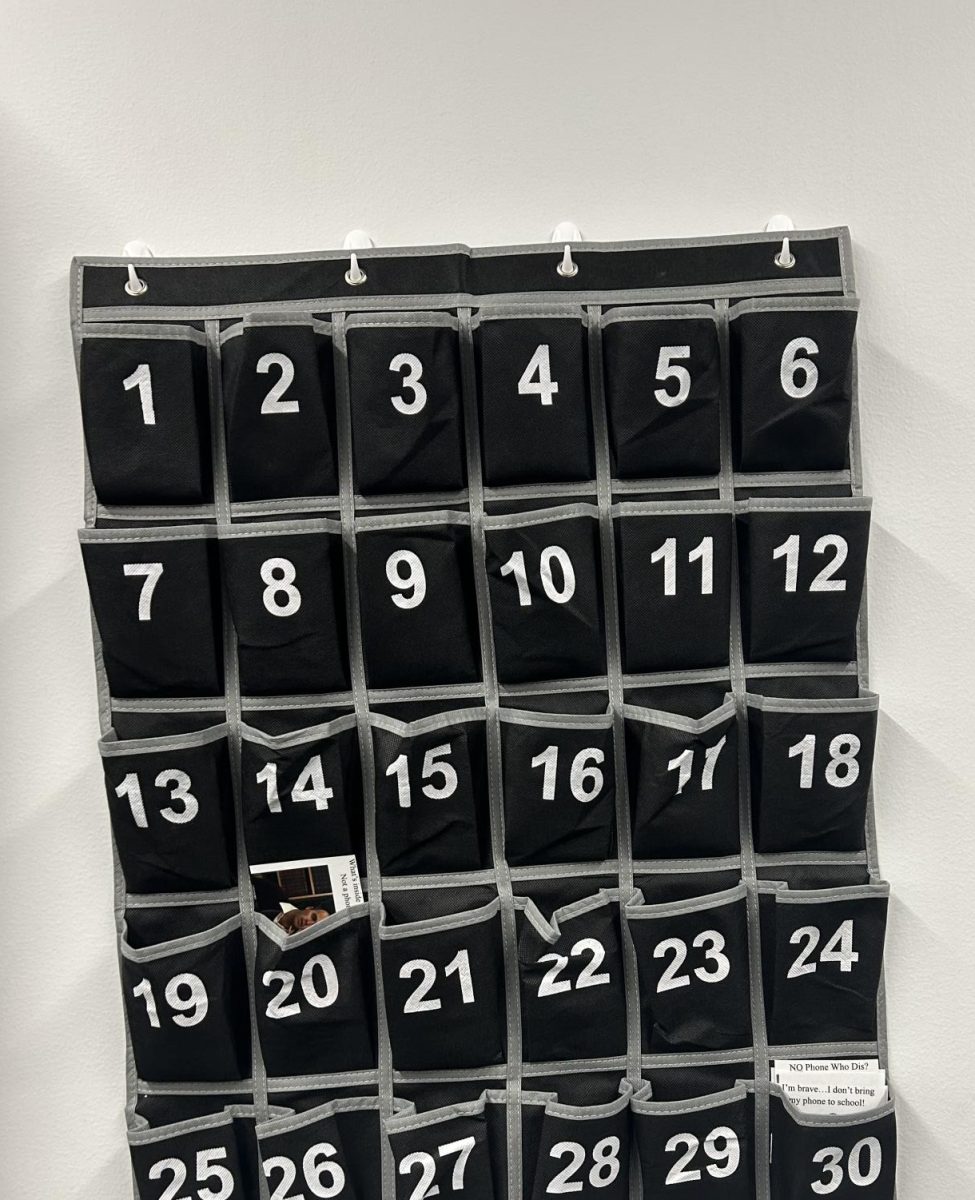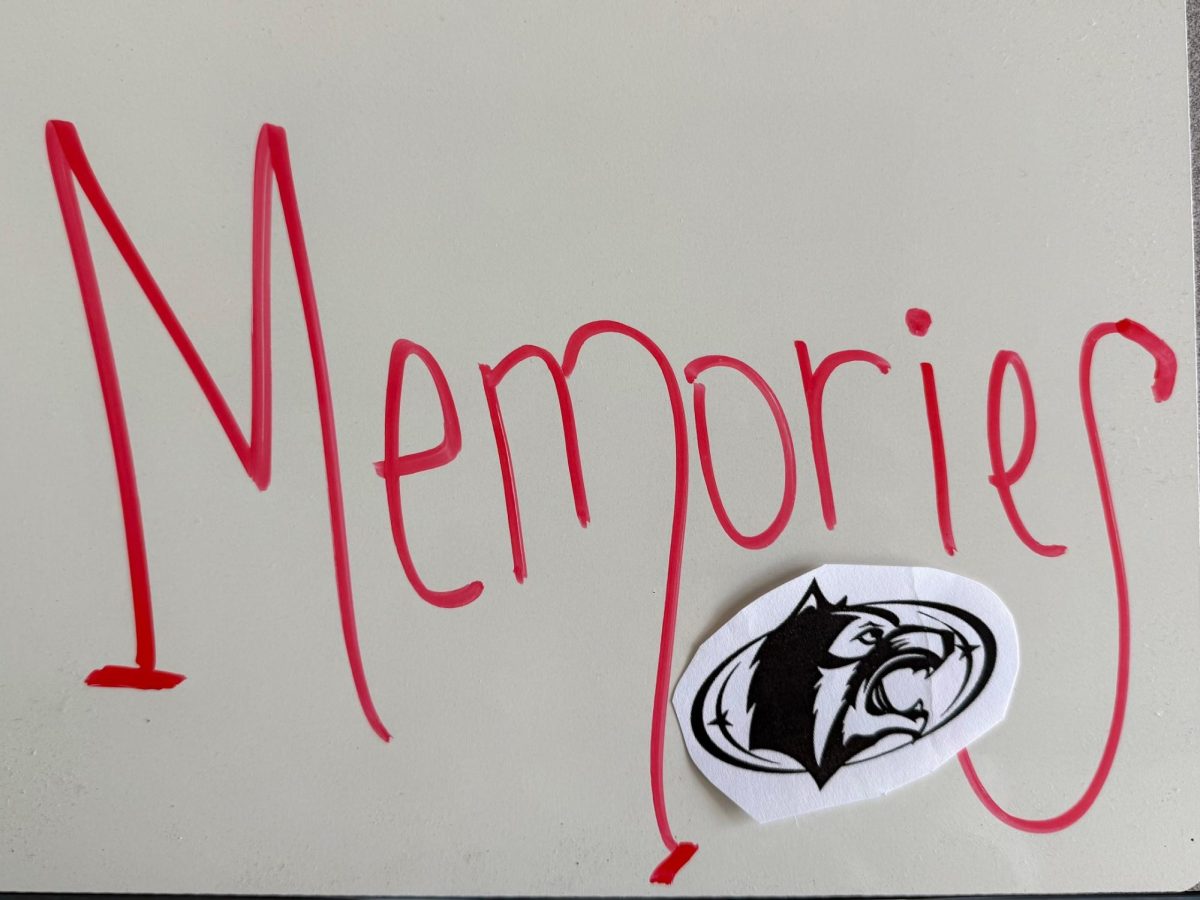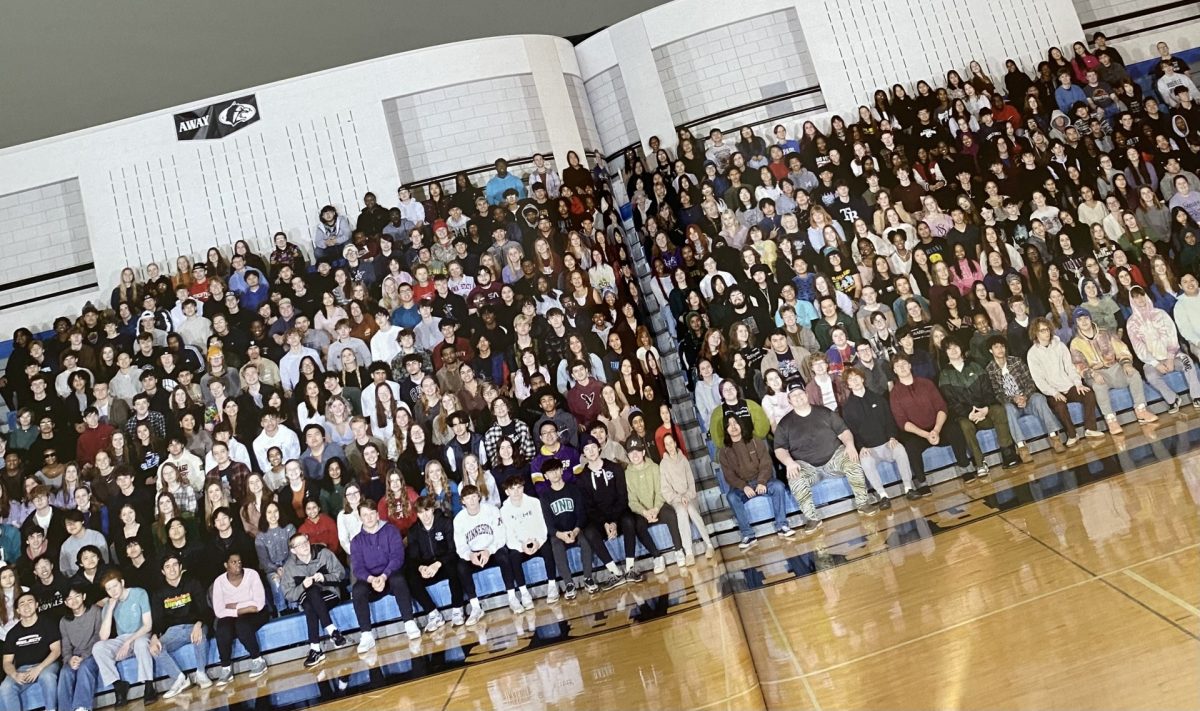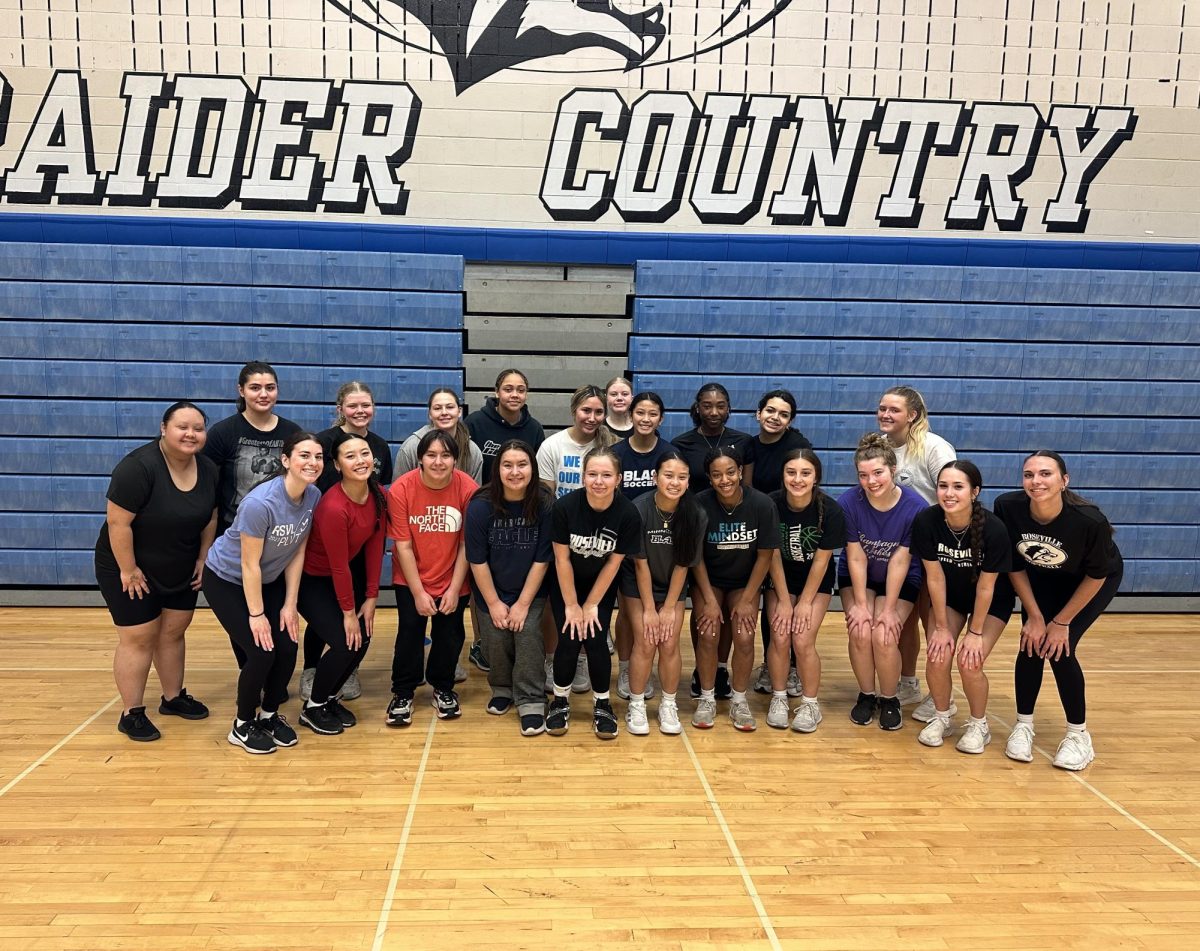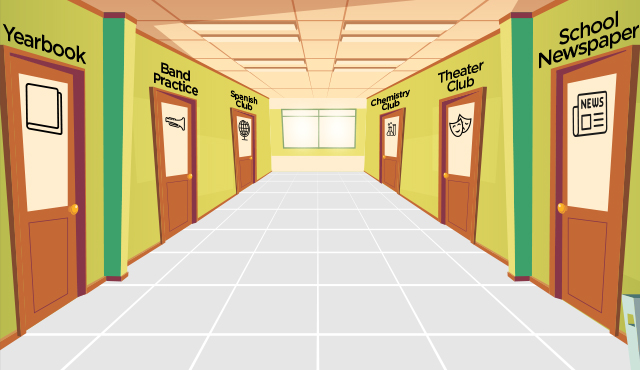In an analysis done by The Brookings Institute and The Hamilton Project, white households held 84 percent ($94 trillion) of total household wealth in the U.S. On the other hand, black households held only 4 percent of total household wealth. But, how does this affect high school sports? And why does it matter?
Many students are willing to participate in high school sports. In fact, playing sports allows students to develop essential life skills, such as self-discipline, work ethic, perseverance, and personal responsibility.
According to The Chronicle of Evidence-Based Mentoring, a study in Massachusetts showed that the state’s 10 poorest communities were 43 percent below the average for sports participation. On the other hand, students in the 10 wealthiest communities were more likely to participate in sports by 32 percent.
Students in wealthier communities have an advantage. For instance, a high school in a wealthier district would have adequate funds to support its athletics department. A lower-income district, on the other hand, would be unable to do so. As a result, wealthier districts manage to fund higher-quality gear, qualified coaches, game-day uniforms, and practice equipment.
Not only that, but higher-income students also have the opportunity to play club sports. Whether that be soccer, football, or basketball, playing club sports allows students to devote more time and resources to further developing their skills.
In fact, a Hearst Connecticut review found that wealthier districts resulted in more championships. According to the data, teams from the state’s 5 wealthiest towns had accumulated a total of 159 championships. Meanwhile, teams from the 10 poorest towns had only combined for 44 championships. That’s 3.6 times fewer championships than those in higher-income schools.
Students agree that wealthier districts have an advantage. “If high school districts have more money, they can buy more equipment, hire better coaches, and have more opportunities for players,” said 9th grader, Cela Lamers. “I do karate, so having better equipment and higher quality karate uniforms can increase your chances of winning a tournament.”
There are many income disparities in the U.S. today. Many students also have the desire to participate in school extracurriculars. However, athletics within the education system confines students to the limits of their household wealth. It’s time we bring light to the income disparities in high school sports. Once the gap between income disparities is bridged, students from across the spectrum of wealth can then experience the exhilarating rush of victory.
Sources:
https://www.brookings.edu/articles/the-black-white-wealth-gap-left-black-households-more-vulnerable/
https://www.evidencebasedmentoring.org/rich-poor-divide-high-school-sports/#:~:text=By%20c
https://www.ctinsider.com/sports/article/ct-high-school-sports-ciac-inequality-17442595.php




